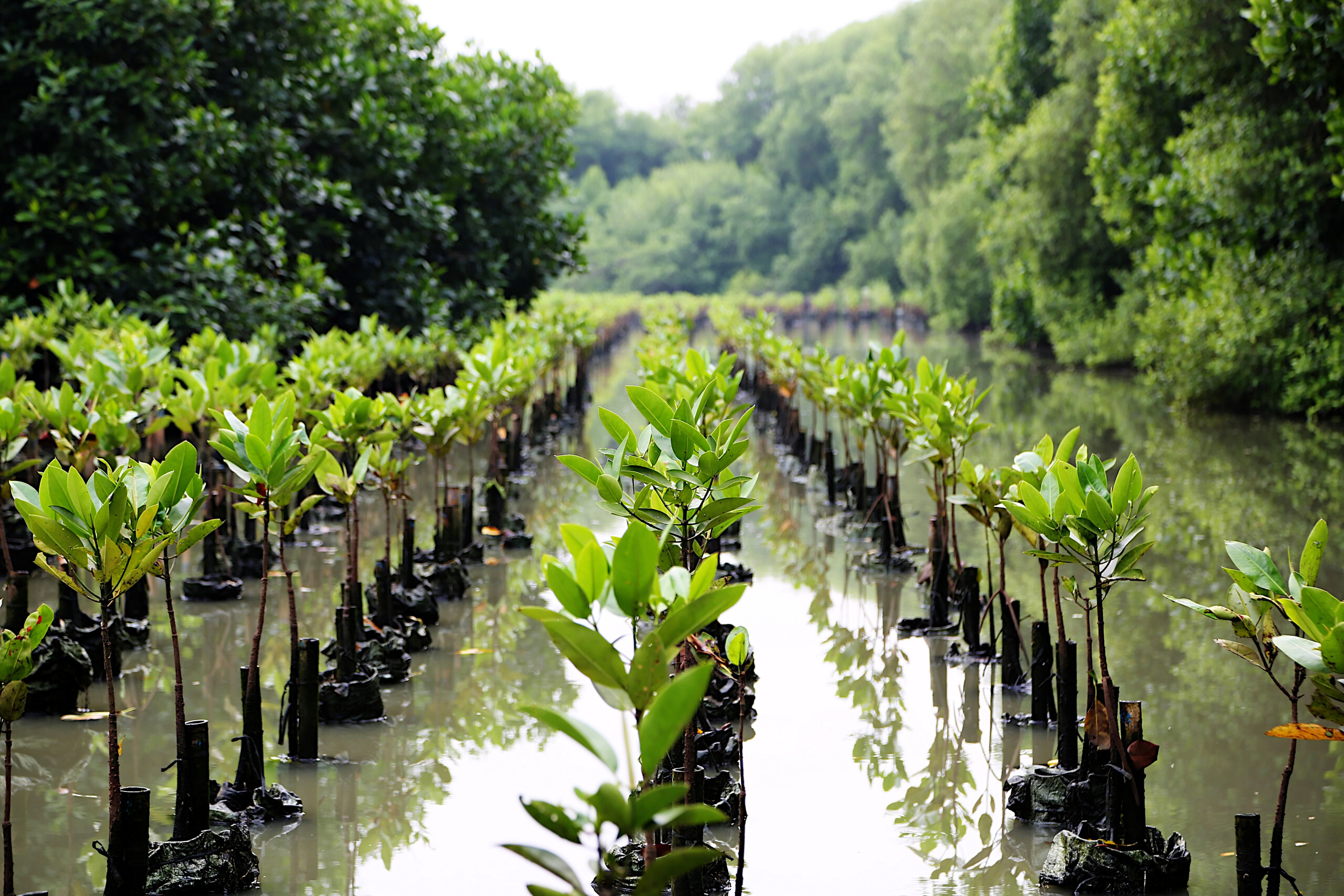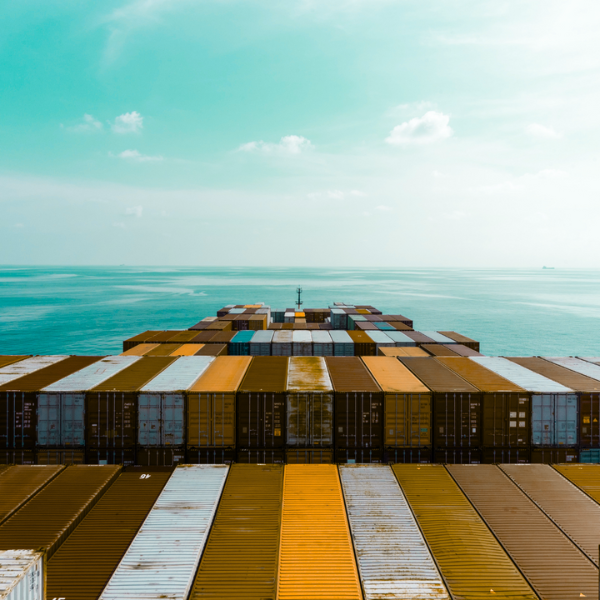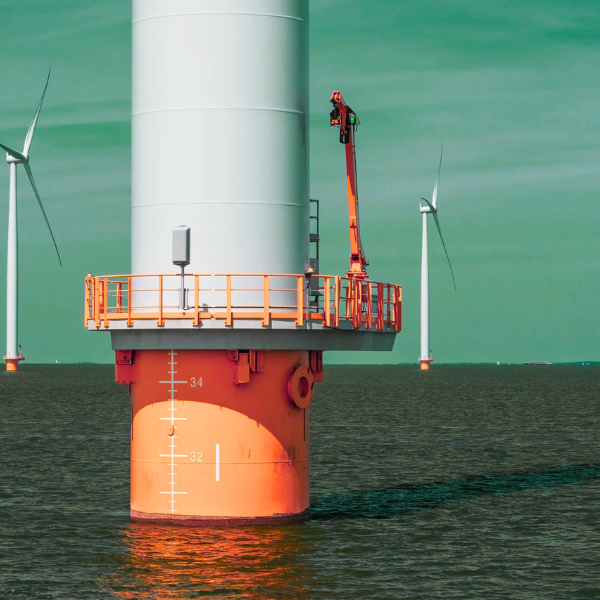GridLab: Assessing the Economic Impacts of Decarbonization in Wisconsin
In this analysis, Cambridge Econometrics applied our E3-US macroeconomic model to quantify the economic impacts of decarbonization pathways for Wisconsin to inform policymakers about the job and gross state product implications of different scenarios.
Our Findings show that transitioning to a Net Zero economy will reap dramatic benefits for Wisconsin’s economy, creating 68,000 additional jobs and boosting Gross State Product by 3% in 2050.
A major challenge in this transition is managing the changes in the labor market. While our analysis shows that the local labor market is well-positioned in aggregate terms, it is important that relevant services are offered to help workers to transition from fossil fuel-based activities to the new jobs and opportunities created in the clean economy. This will involve coordination between the fossil fuel firms as they reduce in scale, local actors such as the Wisconsin Workforce Development Boards, and the firms offering new jobs in the future.
Key Findings
Transitioning to net-zero emissions in Wisconsin through a combination of clean electricity generation and demand-side energy and emissions reductions, could have substantial economic benefits for the state economy.
Growing over time as these policies are implemented, shifting away from the use of fossil fuels and increasing energy efficiency across the economy results in up to a 3.0% increase in GSP and 68,000 additional jobs by 2050.
Jobs would be created across the Wisconsin economy in accordance with the scale of climate action. Key sectors impacted include electricity generation, but also manufacturing and construction activities (linked to the investment in new generating capacity and other technologies), and business and consumer services.
Wisconsin has a leading power sector technology industry cluster that would benefit from this kind of net zero economy-wide policy.
The Wisconsin labor market has a highly skilled workforce that has the potential to take up the new jobs created, with the relevant training and reskilling. Decarbonization is expected to create employment opportunities at all skill levels, part of a more inclusive economy transition.
The greatest winners of the transformation are the regions of Wisconsin with the largest construction and manufacturing industries, such as the Bay Area and Waukesha-Ozaukee-Washington.
The two other large Workforce Development Areas, Milwaukee and South Central, can be expected to attract the high-skilled and skilled non-manual workers, reflecting the existing presence of low carbon industries and their expected continued expansion.
What We Did
Compared two decarbonization scenarios against a baseline using the E3-US macroeconomic model customized for Wisconsin.
Employment impacts were disaggregated at the Workforce Development Area (WDA) level to evaluate the effects at a more detailed regional level.
Estimated the job impacts by occupation and the potential skills gaps and needs that might arise within the decarbonization scenarios.
Get in Touch
.png?width=600&height=300&name=New%20website%20SMT%20%26%20Board%20Headshot%20(35).png)
Insights
-2.png)

Economic Impact Analysis of the New Haven & Northampton Canal Greenway (NHNCG)




-1.png)


Housing and Population Demand Forecast and Scenarios in Northwest Vermont

.png)


Tees Valley Combined Authority: Industrial Decarbonisation Cluster Plan Economic Impact Analysis

Western Mass Economic Development Council: Transformative Economic Investment Strategy in Western Massachusetts







.png)








